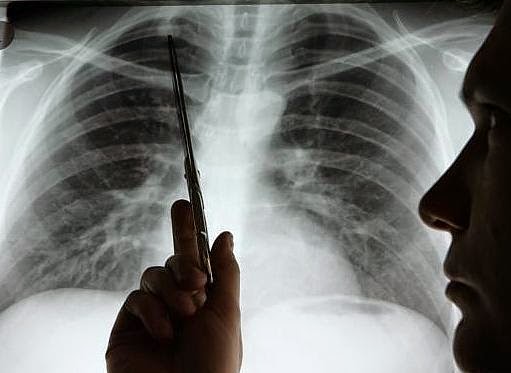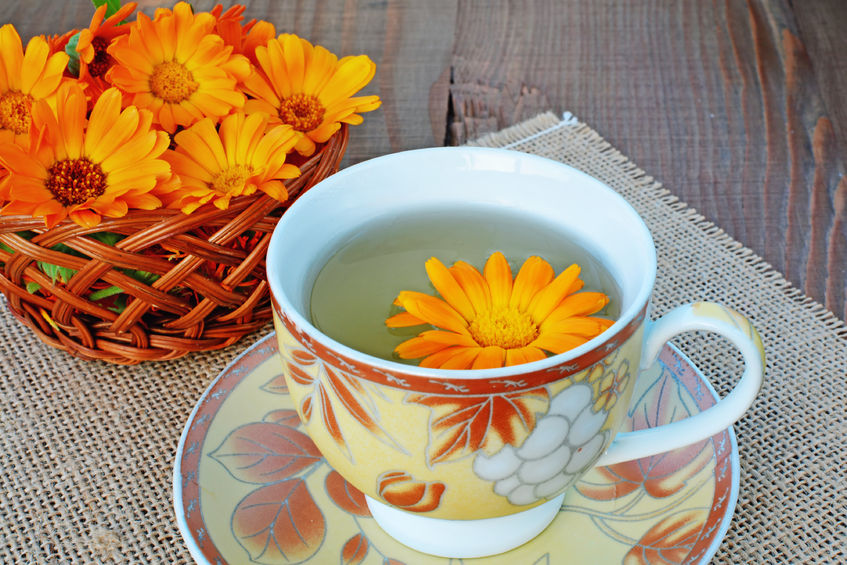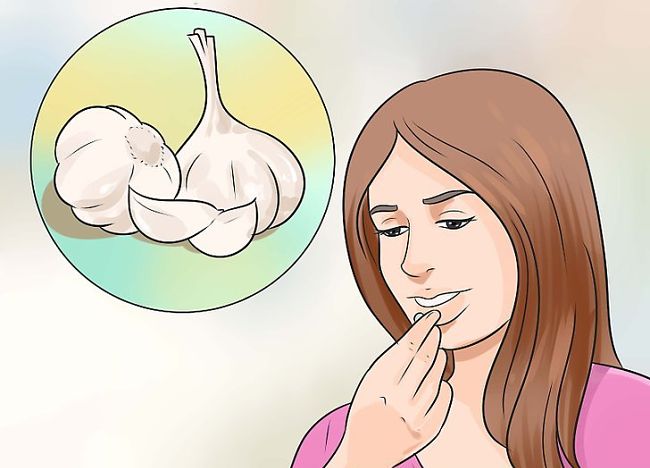6 signs of leukemia every woman should know

Doctor telling to patient woman the results of her medical tests. Doctor showing medical records to cancer patient in hospital ward. Senior doctor explaint the side effects of the intervention.
Most of the new blood cells your body produces come from your bone marrow, a fatty substance found in large amounts in the bulbous, bulbous ends of bones. For those with leukemia, one of these new blood cells mutates and becomes cancerous. Then it starts cloning – or making copies of itself – and that’s how the disease progresses.

There are several “subtypes” of leukemia, which are defined by the type of blood cells that mutate, and also by how early in the cellular production process the mutation takes place, when it comes to leukemia, there is no sign or symptom. “Symptoms depend on the subtype.” However, there are some overlapping symptoms that tend to appear among those with the most common types of adult leukemia. Here’s what to watch out for:
Table of Contents
Pale skin.
“When leukemia develops, the new (blood) cells that are damaged by cancer can overrun the bone marrow and therefore make it difficult for healthy cells to grow, because you have fewer healthy cells, anemia can develop, which can lead to pale skin.” Anemia could also cause your hands to feel cold all the time, experts say.
Fatigue.
As is the case with many other illnesses, fatigue is a common symptom of leukemia. If you feel fatigued all the time, and especially if your lack of energy has undergone a noticeable change from how you used to feel, tell your doctor. Anemia can also be to blame for your fatigue.
Infections or fevers.
Your red blood cells are an important component of your immune system. If they aren’t healthy, as is the case with people with leukemia, you can expect to get sick more often.
Difficulty breathing.
Along with the lost feeling of energy, shortness of breath is something to watch out for. Especially during physical activity, if you notice that you are out of breath and that shortness of breath seems like a noticeable change from what you are used to, you should inform your doctor.
Slow healing.
If your cuts and scrapes take forever to heal, or you feel like you bruise easily, those symptoms could indicate the types of cell changes associated with leukemia. Tiny red dots on your skin – a condition known as petechiae – could also be the result of leukemia, he adds. Petechiae, usually appear on the lower extremities.
Other symptoms of leukemia.
Sweats and joint pain. Although not as common as the five symptoms mentioned above, night sweats and painful or aching joints, are also linked to leukemia.
How the diagnosis works?
If based on your symptoms, your doctor suspects leukemia, he or she will order blood tests to check your white and red blood cell counts, as well as your platelets.


